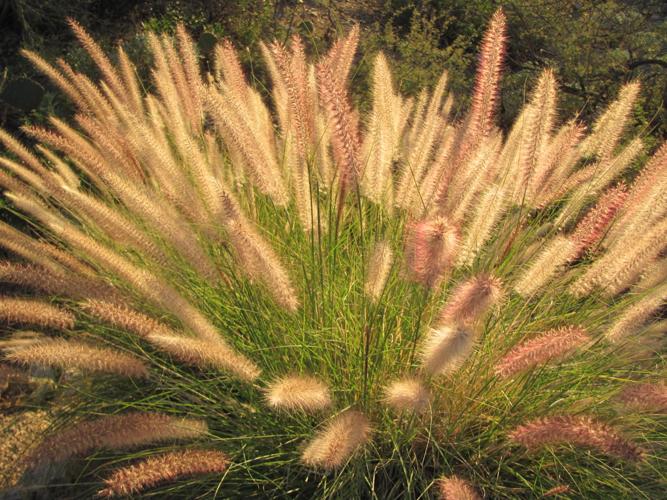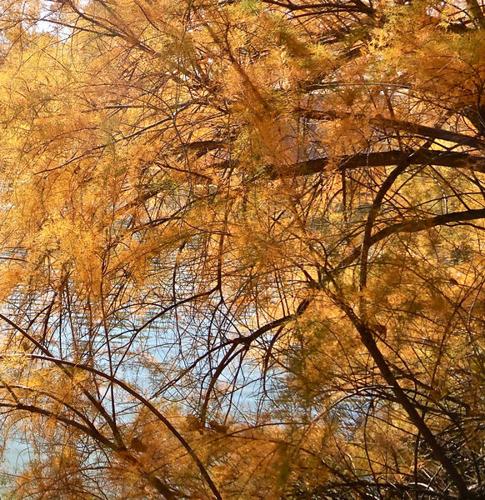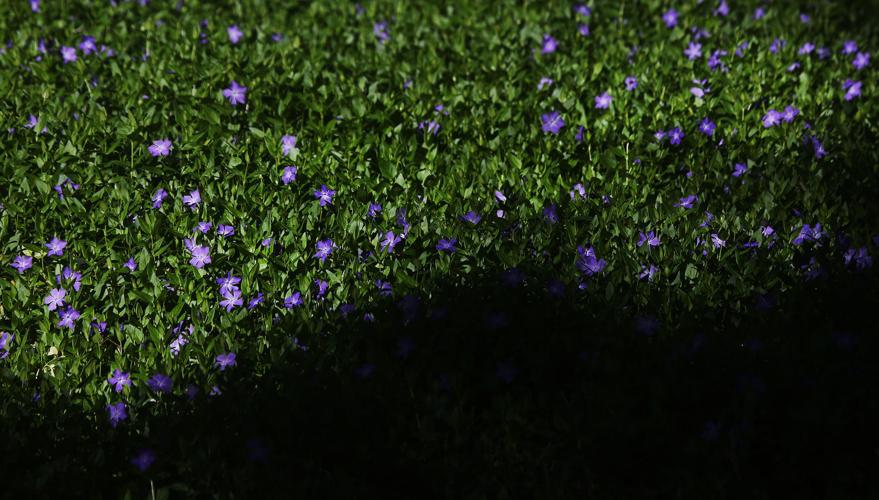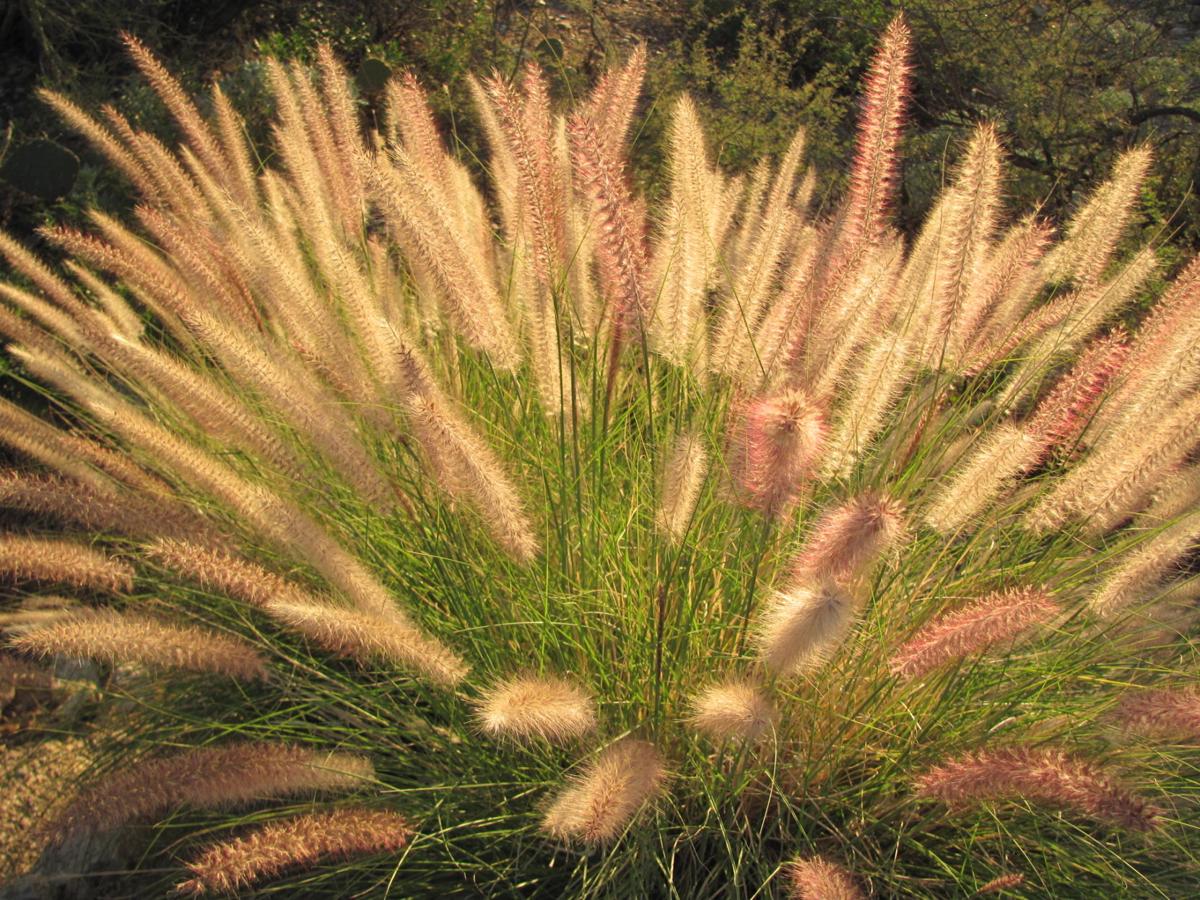It used to be common practice to import non-native vegetation to fulfill a particular need. However, many of these imports (like the infamous buffelgrass, imported to provide forage for cattle) have come back to bite us and are threatening our beautiful Sonoran Desert. Some of these plants have taken a few decades to become invasive, which is one good reason to stick with native plants when planning your garden.
If you have one or more of the plants listed below in your garden, consider removing it and replacing it with a native or noninvasive plant.

This African sumac tree provides nice shade, but sprouts hundreds of seedlings each month which need to be controlled by hand pulling. Native tree alternatives include mesquite, acacia and desert willow.
1. African sumac (Rhus lancea): Besides the fact that it spreads to our native desert areas, this tree is a nightmare to have in your yard. It spreads everywhere, and you will be pulling out seedlings forever. I have one that I inherited with my house, and it drives me nuts. I am working on growing other trees around it so I can cut it down and still have shade. I’ve also noticed that its roots are very invasive and will heave up walls and sidewalks.
2. Fountain grass (Pennisetum setaceum): This ornamental has spread into our washes, and is as bad as buffelgrass for our environment. It’s a grass native to Africa, and when dry serves as a fuel for unnatural fires, which kills our native saguaro cacti and other native plants. Many park and naturalist organizations urge homeowners to remove it to prevent further spread.

Pretty for an invasive species — a patch of vinca flowers in the Empire Gulch near Empire Ranch in the Las Cienegas National Conservation Area.
3. Vinca (Vinca major): This plant is very invasive in riparian areas, where it suffocates native plants and spreads along washes. The Sky Island Alliance holds regular field trips to local canyons to remove this pest. It can take several days to remove just one patch. The Chiricahua mountains are just one area in which this plant has damaged our environment.

Tamarisks take over riparian areas and choke out our native trees.
4. Salt cedar or tamarisk (Tamarix spp.): You may still find this tree in some nurseries. Please don’t plant it. It is a scourge in the entire Southwest. It was brought in to reduce erosion, but as with many other plants, the cure has proven to be worse than the disease. Tamarisk chokes out native plants, eventually replacing them, particularly in riparian areas. It is also a high water user.

Tree of heaven, or Ailanthus altissima, is very aggressive and will require a number of strategies to eradicate it from your yard.
5. Tree of heaven (Ailanthus altissima): Like the African sumac, the tree of heaven will spread all over your yard. It is also invasive in the wild, particularly at higher elevations and in disturbed areas. It was introduced from China in the late 1700s as a shade tree. It is extremely fast-growing, produces lots of seeds, and sprouts from roots and stumps. It is extremely aggressive and is allelopathic, which means it produces toxins to prevent other plants from growing near it. It can form cloned thickets. If you have it in your yard, consider removing it (you will need to dig out all of its roots and likely use herbicide) and replacing it with a native tree, or at least a noninvasive one.
Watch now: These beautiful native plants will be a great addition to your Tucson garden. Video by Dominika Heusinkveld/Arizona Daily Star.









